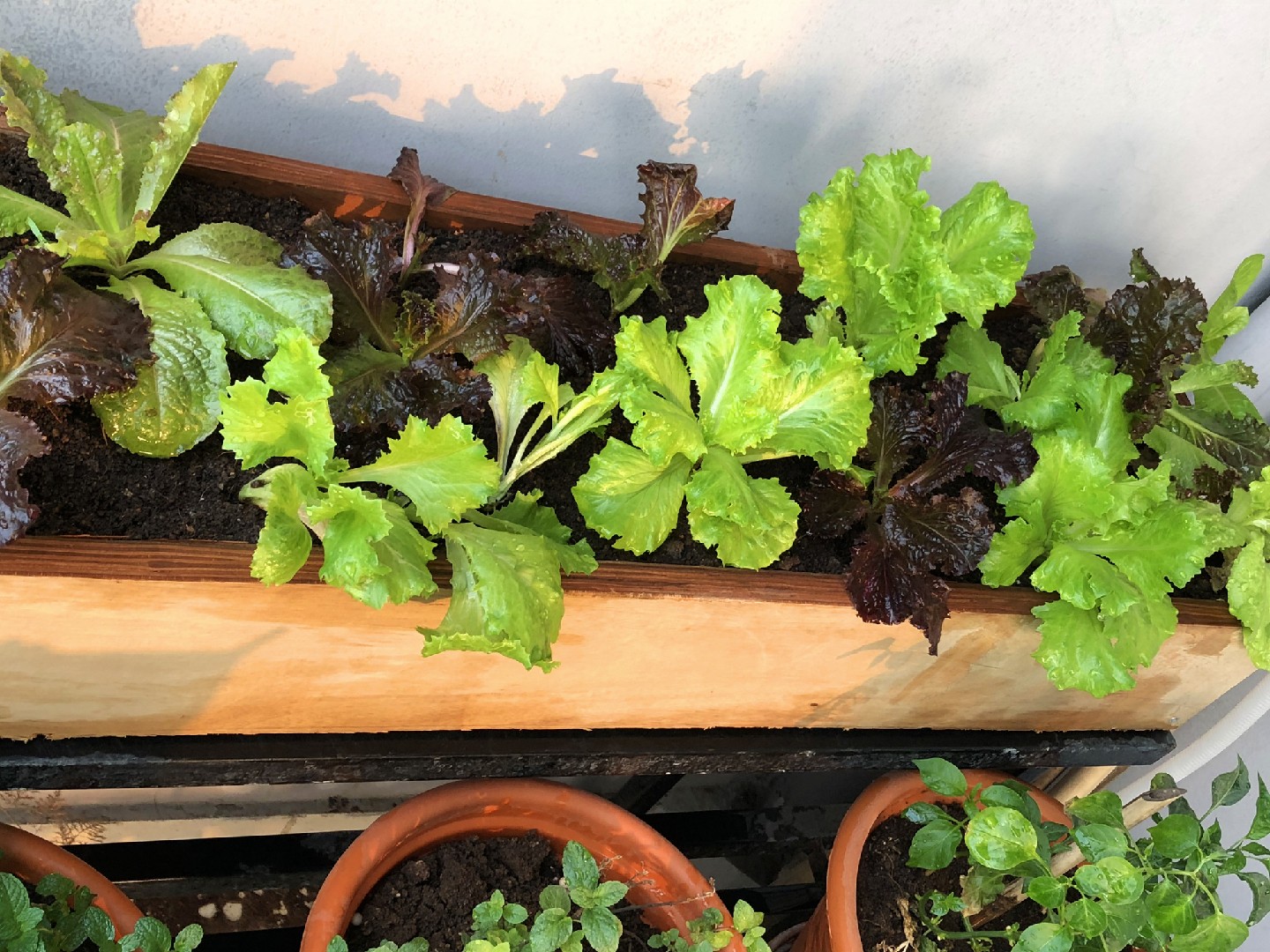![Rectangle]()
Understanding Vertical Edible Landscaping
Vertical edible landscaping is an innovative approach that combines the beauty of traditional landscaping with the practicality of growing food in limited spaces. It involves creating vertical structures, such as trellises, walls, or towers, to support the growth of edible plants. This technique allows gardeners to maximize their available space and produce a bountiful harvest.
One of the essential elements of vertical edible landscaping is careful observation. Before starting your project, take the time to assess your space and consider the available sunlight, water sources, and soil conditions. Understanding these elements will help you choose the right plants and determine the best location for your vertical garden. For example, if you have a wall that receives full sun for most of the day, you can grow sun-loving plants like tomatoes, peppers, or herbs. On the other hand, if your space is more shaded, you can opt for leafy greens, such as lettuce or spinach, which thrive in partial shade.
The benefits of vertical edible landscaping are numerous. First and foremost, it allows you to optimize your space efficiently. Rather than using valuable ground space for traditional gardens, you can utilize vertical structures to grow your plants. This is particularly beneficial in urban areas where space is limited. Vertical gardens also make plant care easier, as you can easily access your plants for watering, pruning, and harvesting. With plants at eye level, you can closely monitor their health and address any issues promptly. Additionally, vertical gardening can increase your overall yield. By growing plants vertically, you can stack multiple layers of plants, effectively multiplying the amount of growing space available. This means you can grow more food in the same square footage.
In an urban context, where space is at a premium, vertical edible landscaping fits perfectly. City dwellers can transform balconies, rooftops, or even walls into beautiful and productive gardens. Not only does this provide an opportunity for individuals to grow their own food, but it also contributes to a greener and more sustainable city. Vertical gardens can help reduce the urban heat island effect by providing shade and cooling the surrounding area. They also improve air quality by absorbing pollutants and releasing oxygen. Furthermore, vertical edible landscaping can create a sense of community, as neighbors come together to share resources, knowledge, and the joy of gardening.
To create a successful vertical edible garden, there are a few methods and skills you should consider. Firstly, choose plants that are suitable for vertical growth, such as vining vegetables, climbing flowers, and dwarf varieties. Secondly, ensure that your structure is sturdy and securely anchored to support the weight of the plants. Use materials like trellises, wires, or modular systems specifically designed for vertical gardening. Lastly, be mindful of watering and irrigation. Vertical gardens can dry out quickly, so it's important to provide adequate moisture for your plants. Consider installing a drip irrigation system or watering your plants regularly to prevent dehydration.
In conclusion, vertical edible landscaping is an innovative and practical solution for growing food in limited spaces. By understanding the essential elements of vertical gardening and appreciating its benefits, you can create a thriving and productive vertical garden. Whether you live in a small apartment or a bustling city, vertical edible landscaping offers an exciting opportunity to connect with nature, grow your own food, and contribute to a more sustainable future.





